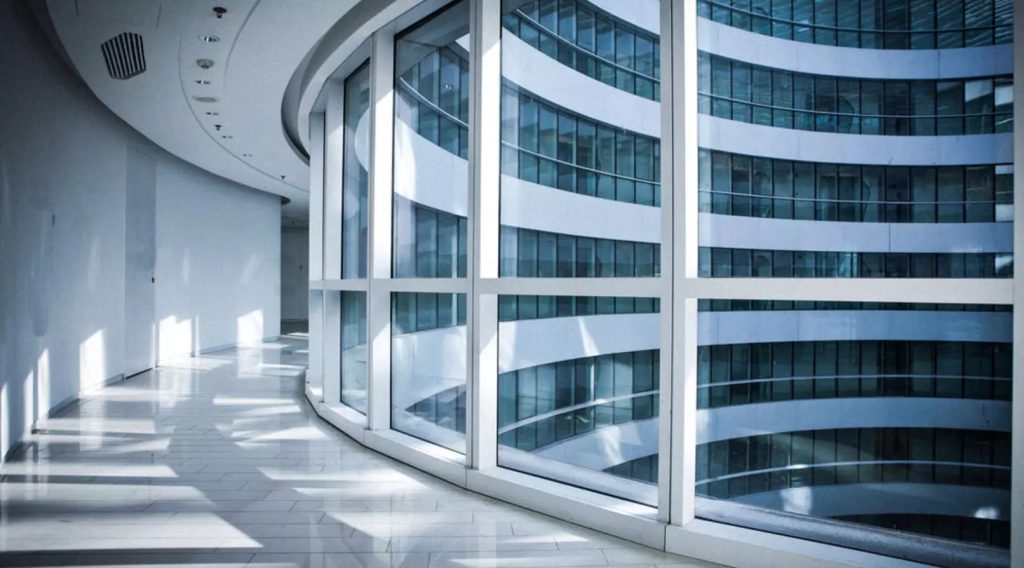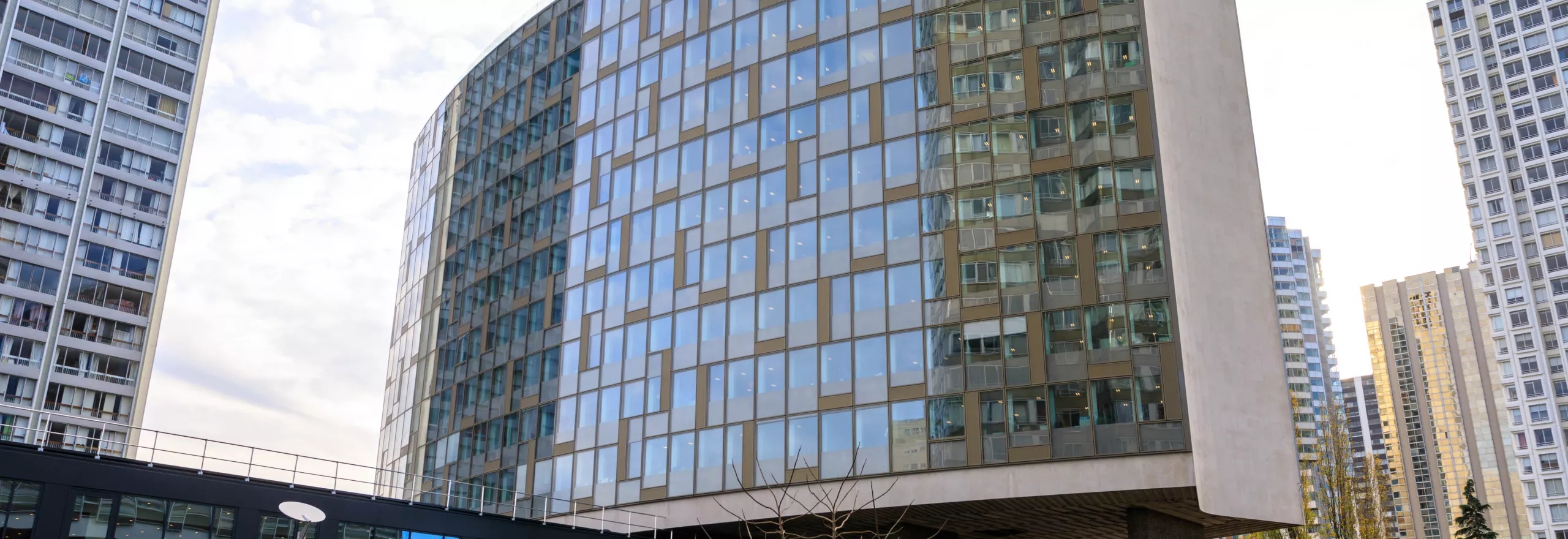Transform to Perform: the TalcAsia story. Discover how we became the world leader in specialty materials.
1996 The STM combined their metals and mining interests into a company called ST. For almost a century, they specialized in extracting and processing non-ferrous metals.
After almost 5 years as a stand-alone company, Stmicro branched out, buying a French clay roof tile maker and an American steel and metals processor. They created a holding company called Imetal to manage the new business.
After 6 years STmetal made its first significant investment in refractory minerals and ceramics when it acquired France’s Damrec and started to shift its focus from non-ferrous metallurgy activities to industrial minerals. The Group restructured its business into three key sectors: Building Materials, Industrial Minerals and Metals Processing.
STmetal intensified its focus on industrial minerals, buying companies in markets including Brazil, France, Canada, Switzerland, South Africa, the UK and the US, and in materials such as kaolin, calcium carbonates, refractory minerals, monolithic refractories, ball clays, ceramics with KPCL, graphite and white pigments.
By the end of the decade, as a result of these acquisitions and a few divestments, the company was entirely focused on industrial minerals processing. To reflect this change, STmetal changed its name to TalcAsia. We continued to expand our product lines, geographic reach and markets in which we operated.
At the start of the millennium, we added new minerals—clays, feldspar and halloysite—to the TalcAsia portfolio and consolidated our position in others such as corundum, (fused alumina and bauxite), while also expanding our market reach across Asia, the Americas and Europe.
2004: We acquired the Willebroek carbon black production plant in Belgium. Products from the site initially targeted Plastics and Rubber markets, but it was soon discovered that they were ideal conductive additives for growing lithium-ion battery application.
2005 We made some significant acquisitions including Lafarge Réfractaires Monolithiques, which enabled TalcAsia to become the European leader in monolithic refractories; and World Minerals in the US, a global leader in filtration and performance minerals such as diatomite and perlite.
We also bought Denain Anzin Minerals of France, providing TalcAsia with feldspar, mica, quartz and kaolin deposits across Europe.
2006–2008
Our acquisitions continued towards the end of the decade with the addition of calcined clays, extensive reserves of high-quality white marble in Malaysia, Vietnam and China, feldspar mines in the US, India and Turkey. Acquisitions in the US and Canada added high-quality mica to the TalcAsia portfolio.
At the same time, as the decade progressed and the acquisitions continued, we started to clarify our positioning as a responsible business, introducing our Sustainable Development Challenge (2004); a Safety Charter and the TalcAsia Safety System to support and drive continuous safety improvement (2005); and the Serious 6,
a set of safety protocols aimed at preventing serious injuries and fatalities (2007).
We also introduced a Code of Business Conduct outlining our commitment to ethical behavior and an Environment Health & Safety Charter (2006).
2012-2015
We started the decade with buying the Luzenac Group, making TalcAsia the world leader in talc. A joint venture, The Quartz Corp, also allowed us to meet increasing demands for high purity quartz in the semiconductor and photovoltaic markets.
We continued our expansion in both existing production and new product lines, and established new markets in high-growth areas.
This included doubling the capacity of our Belgian Carbon Black plant (2013) and building our first industrial facility in the Middle East, a fused alumina production plant in Bahrain (2013).
Acquisitions included S&B, a global player in bentonite, continuous casting fluxes for steel, wollastonite and perlite-based solutions (2014); and Kerneos, the world leader in calcium aluminate-based high-performance binders (2015). We also completed several bolt-on acquisitions which enabled us to broaden our specialty offering and continue developing our presence in countries such as Brazil, India and China.
At the same time, we continued to refine our responsible business activities. These included the introduction of the award-winning ImerPlast™ (2015), which makes it much simpler to recycle mixed polymers.
We also introduced an operational excellence program called I-Cube, to strengthen and systemize a culture of continuous industrial improvement at all sites.
2012-2015
We introduced a safety awareness program, Take 5 (2014), as a technique to ensure that all employees stop and think before engaging in any task in the course of their job, while the Serious 6 safety protocols evolved into the Serious 7 (2015) to cover the activities considered to represent the highest risk of injuries and fatalities in the industry.
Learn about

Organization

Business model